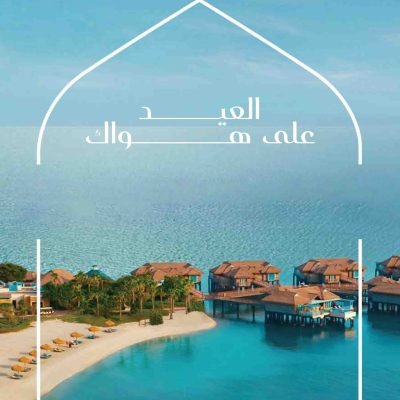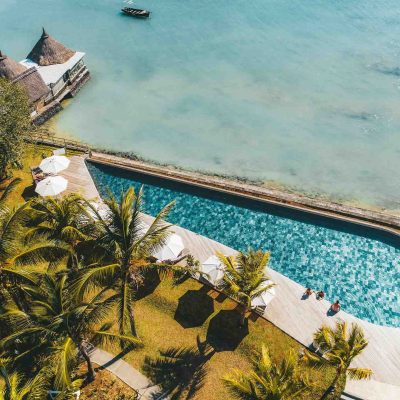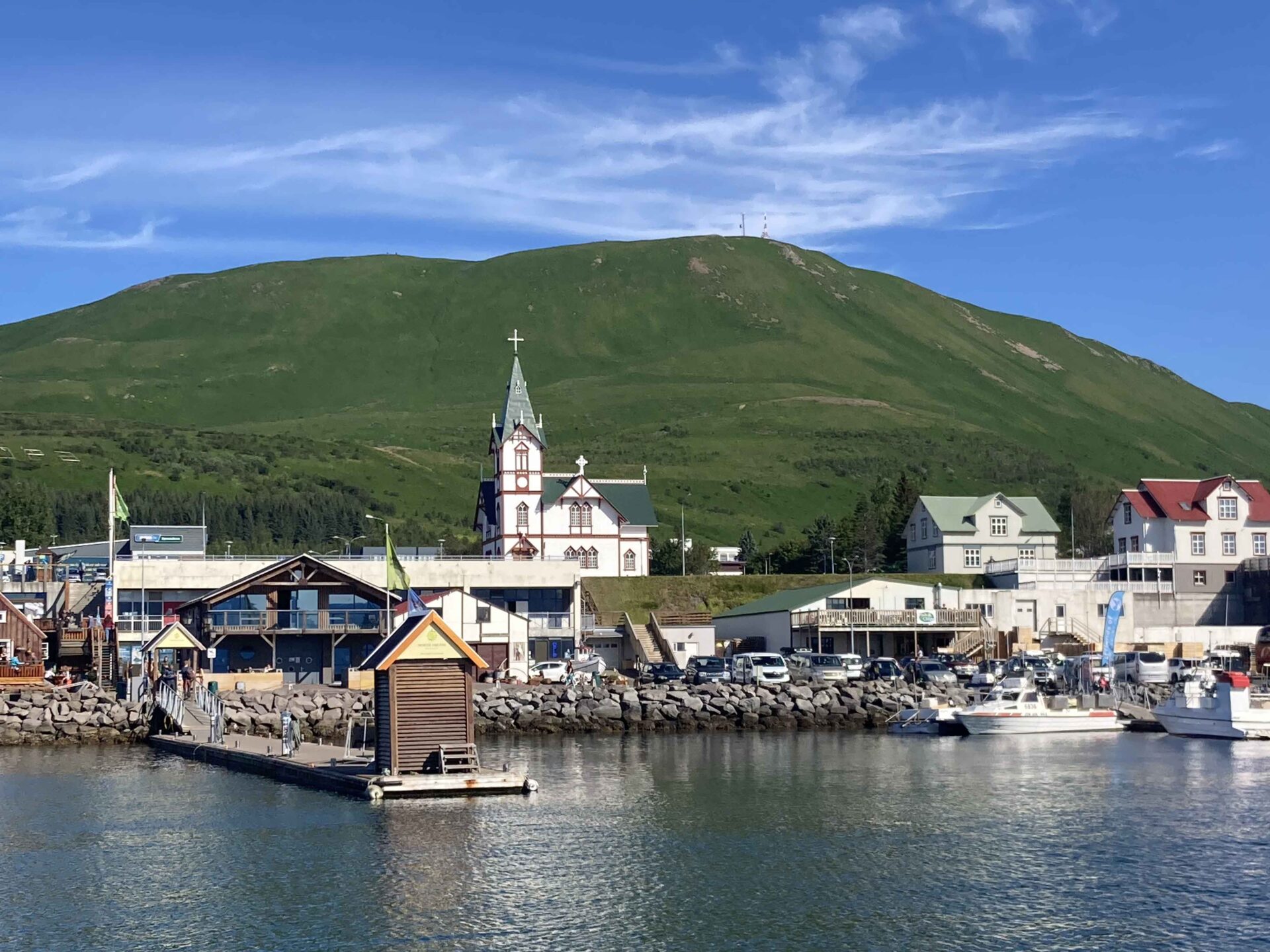
Blue with a red cross outlined in white. The colours are symbolic for Iceland: red represents the volcanic fires, white recalls the snow and glaciers, and blue is for the skies above, the sea and the mountains. Long summer days with near 24-hours of sunshine are offset by short winter days with only a few hours of gloomy daylight, what makes the perfect scenario for enjoying the magical Northern lights.
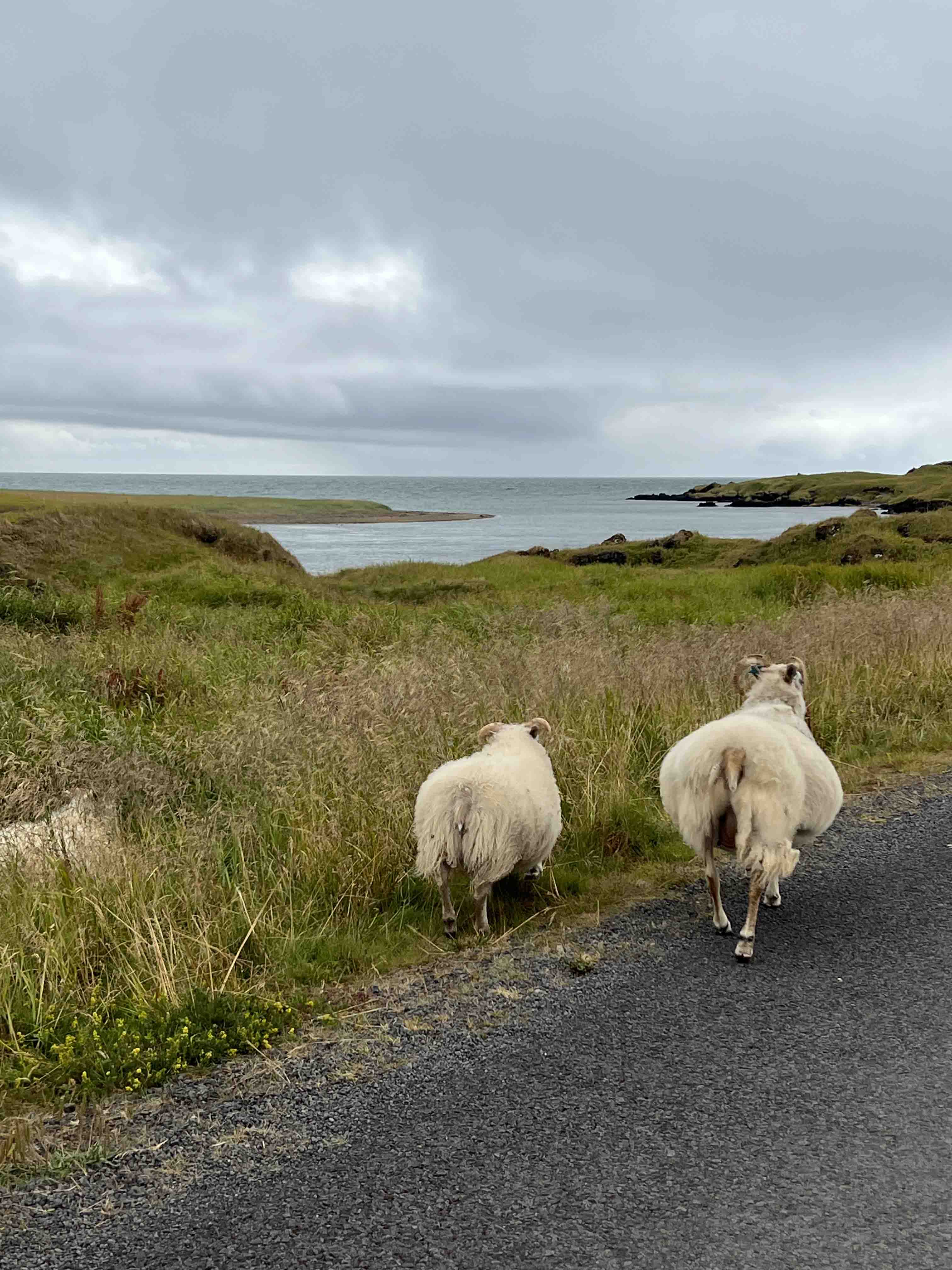
There are too many things to do in Iceland to keep count. It’s a realm of stark contrasts. It’s an island of striking landscapes where rivers run through deserts and molten lava erupts from ice. It’s a country where the natural elements dance between the poles of fire and frost, with endless nights during the depth of winter and summers where the sun never sets.
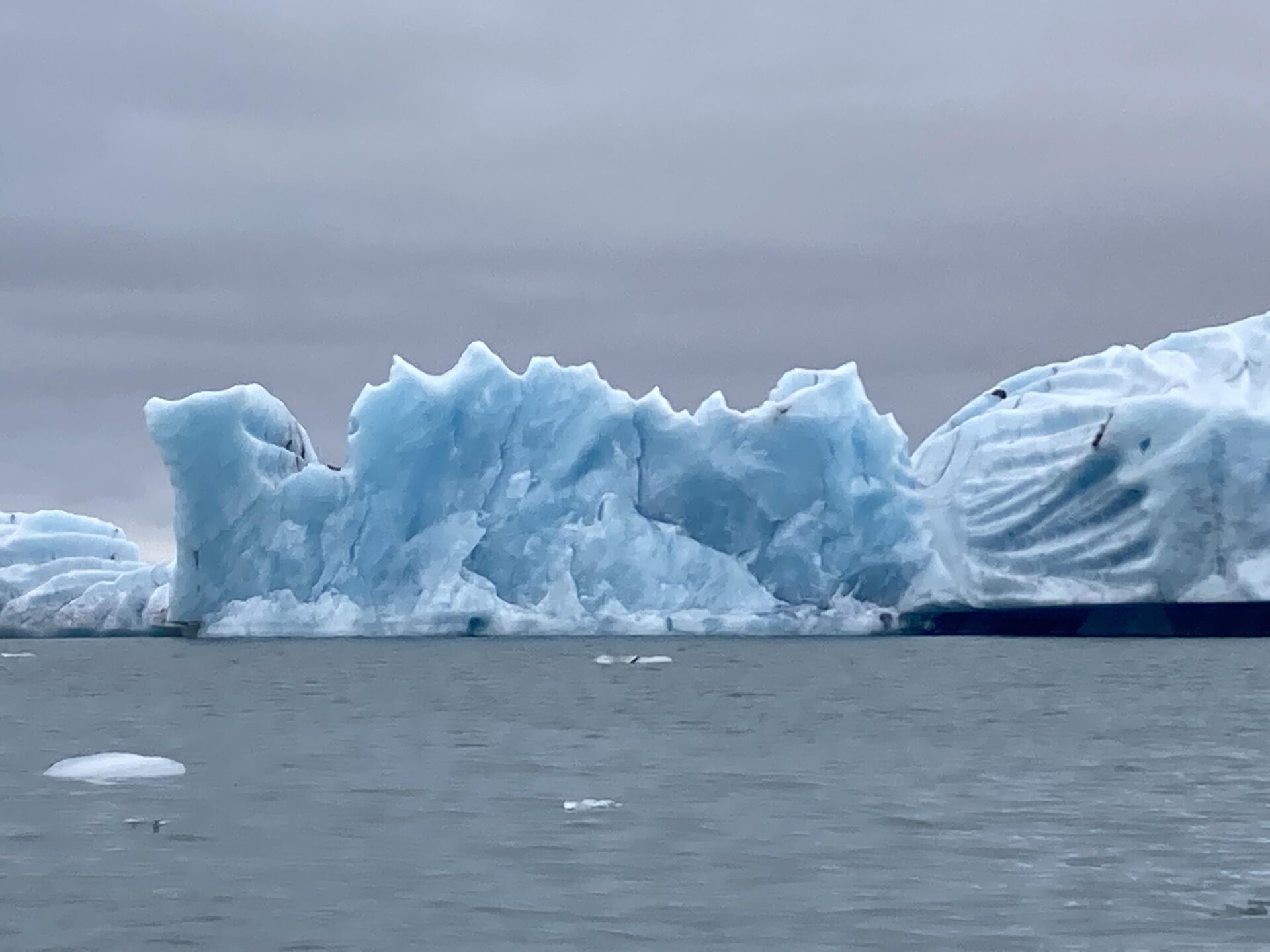
Lying on the constantly active geologic border between North America and Europe, Iceland is a land of vivid contrasts of climate, geography, and culture. Sparkling glaciers, such as Vatna Glacier (Vatnajökull), Europe’s largest, lie across its ruggedly beautiful mountain ranges; abundant hot geysers provide heat for many of the country’s homes and buildings and allow for hothouse agriculture year-round; and the offshore Gulf Stream provides a surprisingly mild climate for what is one of the northernmost inhabited places on the planet.
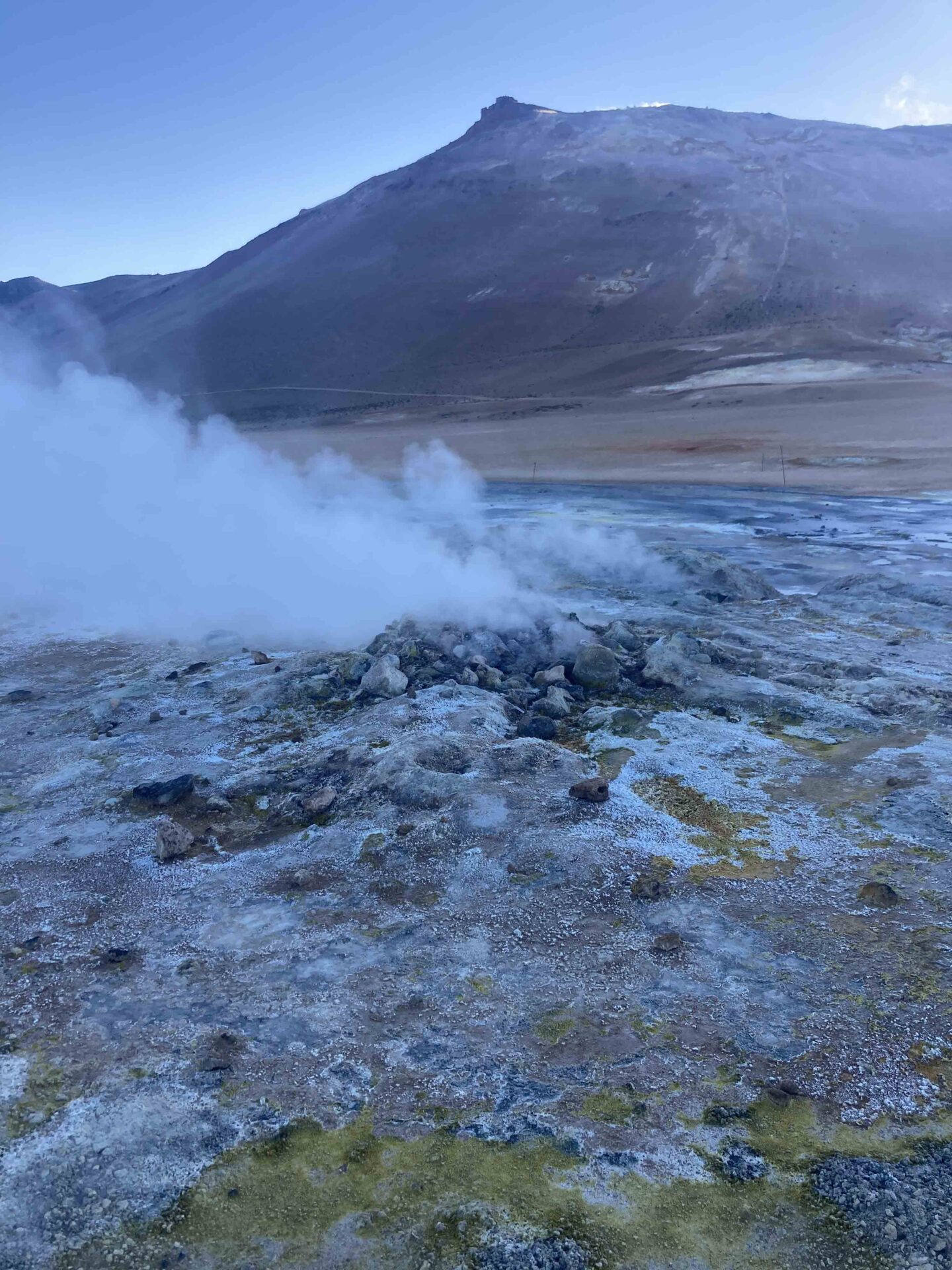
THE VOLCANIC ISLAND
The nature of eruptions in Iceland is diverse, from small effusive eruptions where lava flows quietly from fissures and crater rows to significant explosive eruptions in ice-covered central volcanos that produce large ash plumes—literally where fire meets ice.
The reason for Iceland’s intense volcanic activity is the country’s geological position, where dynamic geological forces are at work between the spreading plate boundary on the Mid-Atlantic Ocean ridge and a powerful mantle plume creating a hot spot on the surface. Together, they produce large amounts of magma, filling the gaps in the crust made by the spreading plates, resulting in frequent eruptions along the rift zone.
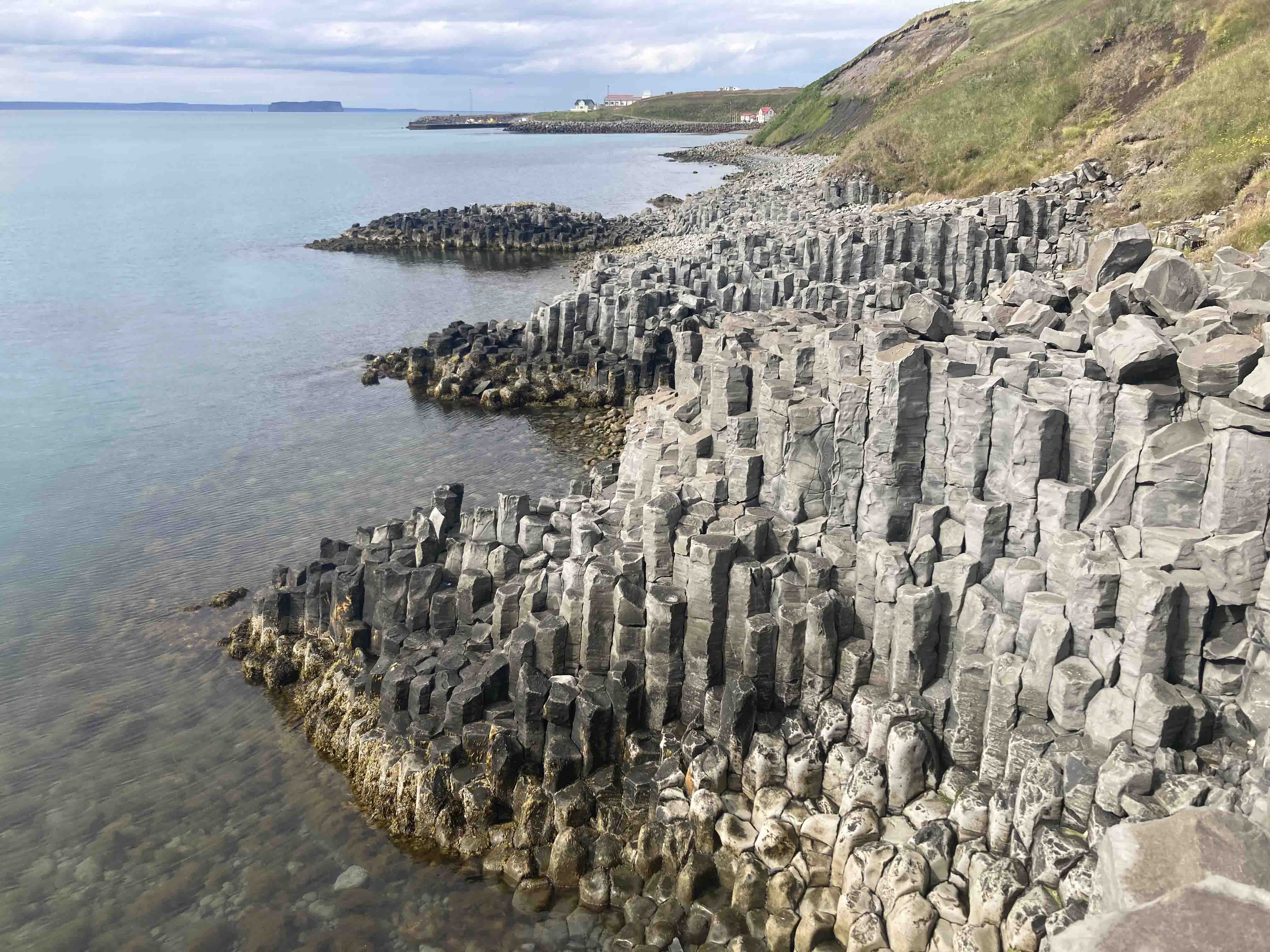
If you decide to visit the beautiful black sand beach in Vík, you will encounter trolls, according to local legend. This site is worth a visit all on its own, as it is one of the world’s most enchanting beaches tucked away near a very small city. If you look off the shore, however, you will notice basalt rock formations known as Reynisdrangar. The legend says these rocks are really trolls, who were caught in the sunlight as they tried to drag ships ashore and were turned forever to stone.
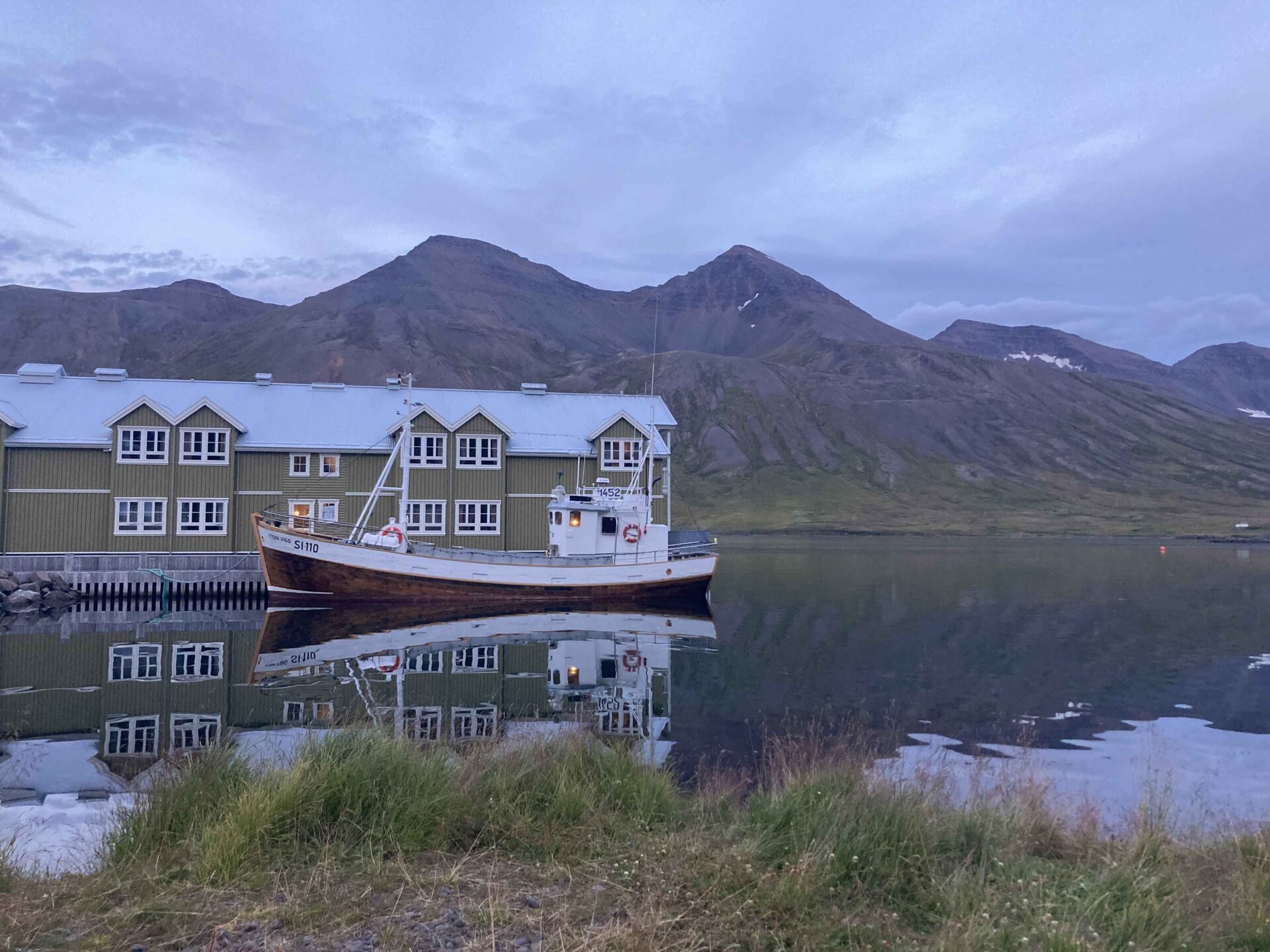
WILDLIFE
Iceland’s seismic terrain of ash-dusted volcanic peaks, majestic glaciers and mountain ranges also features an abundance of marine mammals and birds. Considered one of the best destinations in Europe to watch whales, Iceland harbours some of the world’s largest bird populations in the summer months. Read on to discover the wildlife prospering in the land of ice and fire.
During the summer months, Iceland provides sanctuary to 60% of the world’s Atlantic Puffin population. That’s anything between 8 – 10 million Puffins perched on Iceland’s craggy rocks and cliffsides. Their penguin-like coats, colourful beaks and oh-so-adorable ambling gait have made them the signature Icelandic bird for many. Nicknamed “Clowns of the Sea” or “Sea Parrots”, Icelanders simply call them Lundi.
Incredibly light, warm and luxurious, eiderdown products are the indulgence of choice for the global super-rich. Common Eiders are a protected species that have been ‘farmed’ for centuries on the island. That is, farmers provide them with nesting boxes all around Iceland’s coast. In return, the birds leave their valuable down when they abandon their nests in the summer. You’ll see them everywhere along the coast, and despite being sea ducks, even in the lake in the middle of Reykjavik.

Despite humpback whales getting all the attention because of their playful antics, minke whales are the most common whale species you may see on Iceland’s coastline. The smallest of the “great whales,” they have slender, streamlined bodies, making them fast, capable swimmers. Minkes can be curious creatures and are known for approaching ships, even keeping pace with moving vessels at times. You’ll have opportunities to spot various whale species all around Iceland’s coast. Husavik, however, has been dubbed ‘Iceland’s Whale Capital.
THE NORTHERN LIGHTS
The extreme dark of the Icelandic winter has a few perks. Between September and April, the people in Iceland are treated to a magnificent natural display: the phenomenon of aurora borealis, or what we commonly call the Northern Lights.
The Aurora Borealis takes its name from the Roman goddess of dawn, Aurora, and the Greek word for the north wind, Boreas. From September to April, Iceland is a hotspot for this magnificent light show.
On clear winter nights, sightseeing trips are organized around this spectacular—though fickle—natural phenomenon. The ideal location for sightings varies and excursion leaders are skilled in “hunting” the lights, finding locations where conditions are best for seeing them on any given night.
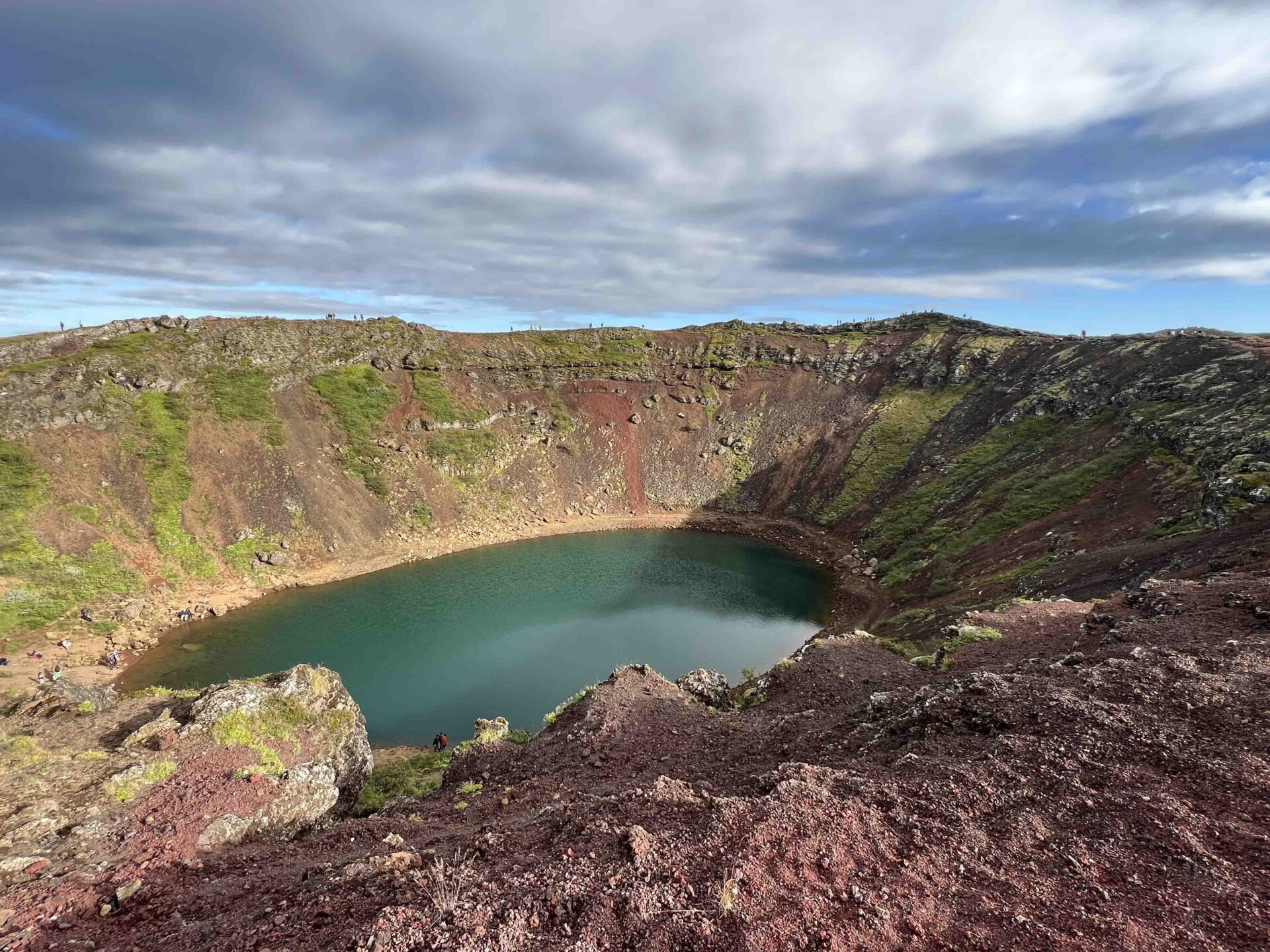
There are no guarantees that you will see the Northern Lights during your stay, but in most cases, sightings are greatly improved outside populated areas, especially away from the light pollution of the capital. A number of hotels in the countryside offer a special Northern Lights wake-up service.
The best time to see the Northern Lights is during the winter, between September and April, when dark and long nights have taken over from the bright summer nights in Iceland. The Northern lights are said to be most active around the equinoxes in September and March, but the chances also improve mid winter by bringing more darkness – it simply gives you a larger window each day to witness them.
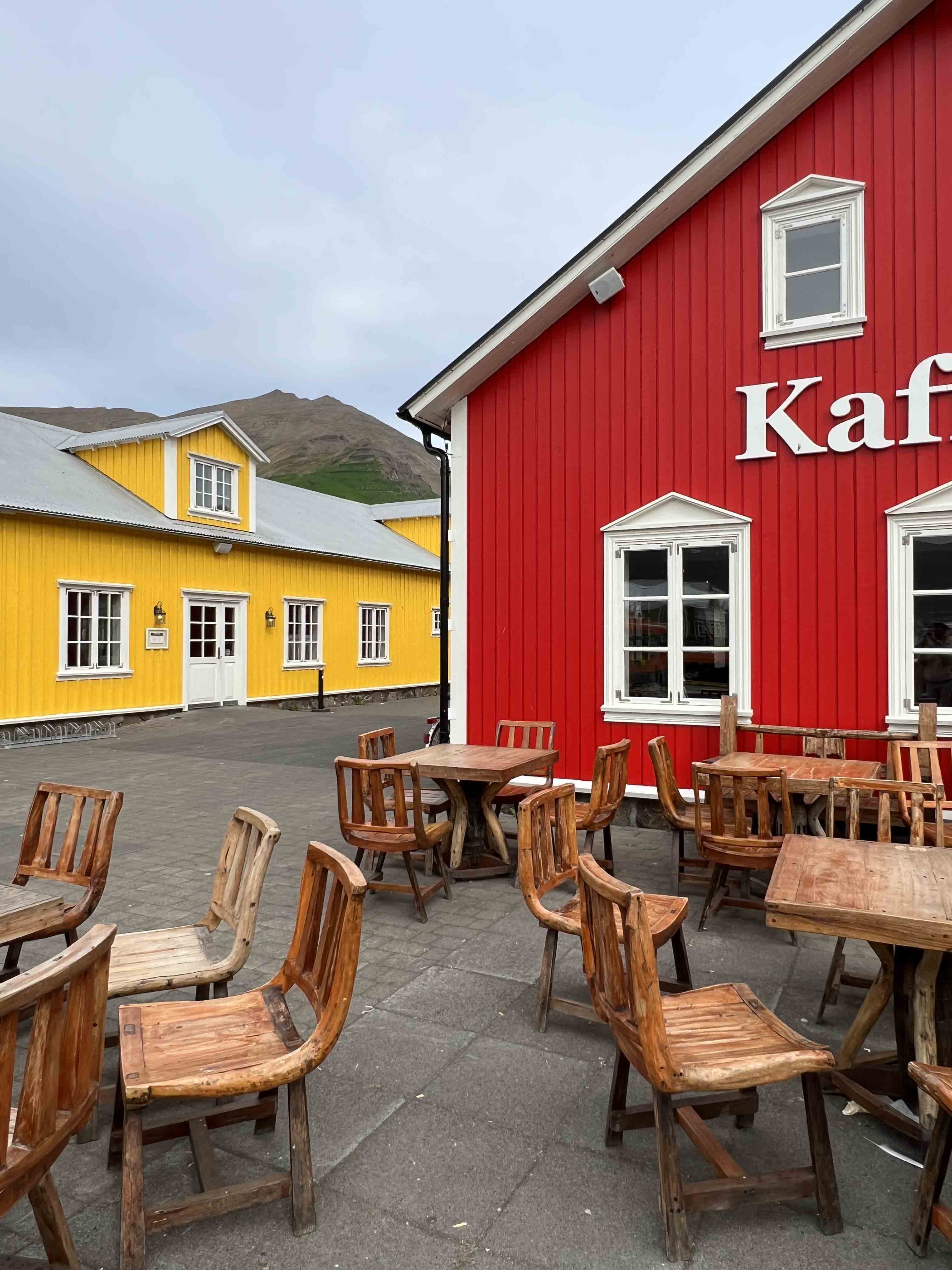
GEOTHERMAL WELLNESS
Sun or rain (or snow!), bright or dark, every day is ideal for a warm and soothing outdoor bath. At least, that is the local consensus. Icelanders love soaking in geothermal hot water. Thankfully it is in abundance. Across the country, spas have been stepping up their game by opening in more diverse locations, with more amenities and plenty of breathtaking views.
From erupting volcanoes to powerful geysers, Iceland is teeming with geothermal energy — and few experiences immerse visitors in this natural phenomenon like the country’s signature hot springs. Toasty, tranquil thermal baths abound across the country, from the beloved Blue Lagoon outside Reykjavik to the far-flung Mývatn Nature Baths in the mountainous north.

Many of these have become popular bathing spots. Some places have natural hot water emerging from the ground but are unsuitable for bathing. In those cases, locals build a pool to contain the water. Sometimes the water is too hot for a dip but is at just the right temperature after mixing it with cold water
Photography: Jesús del Pino






